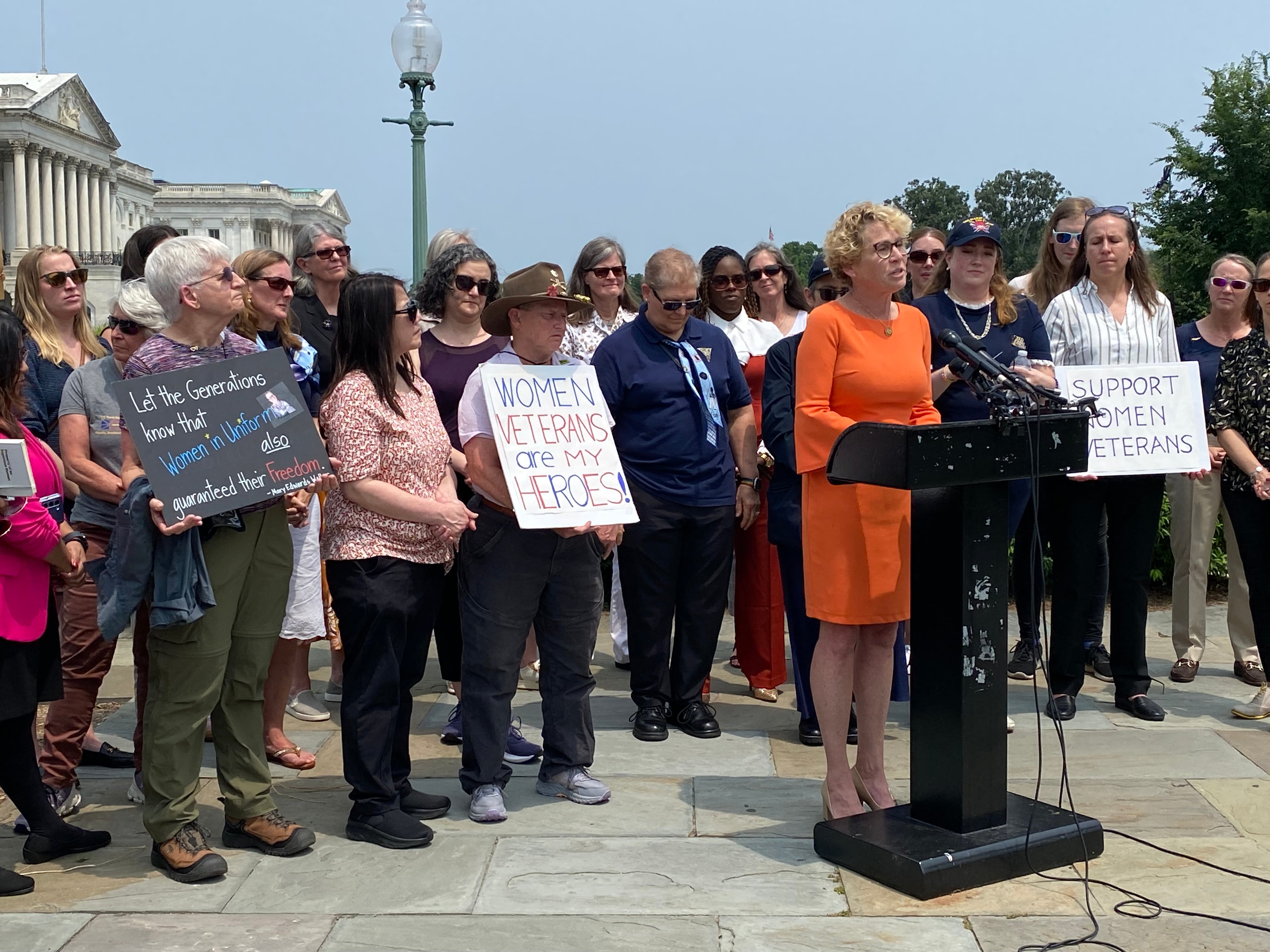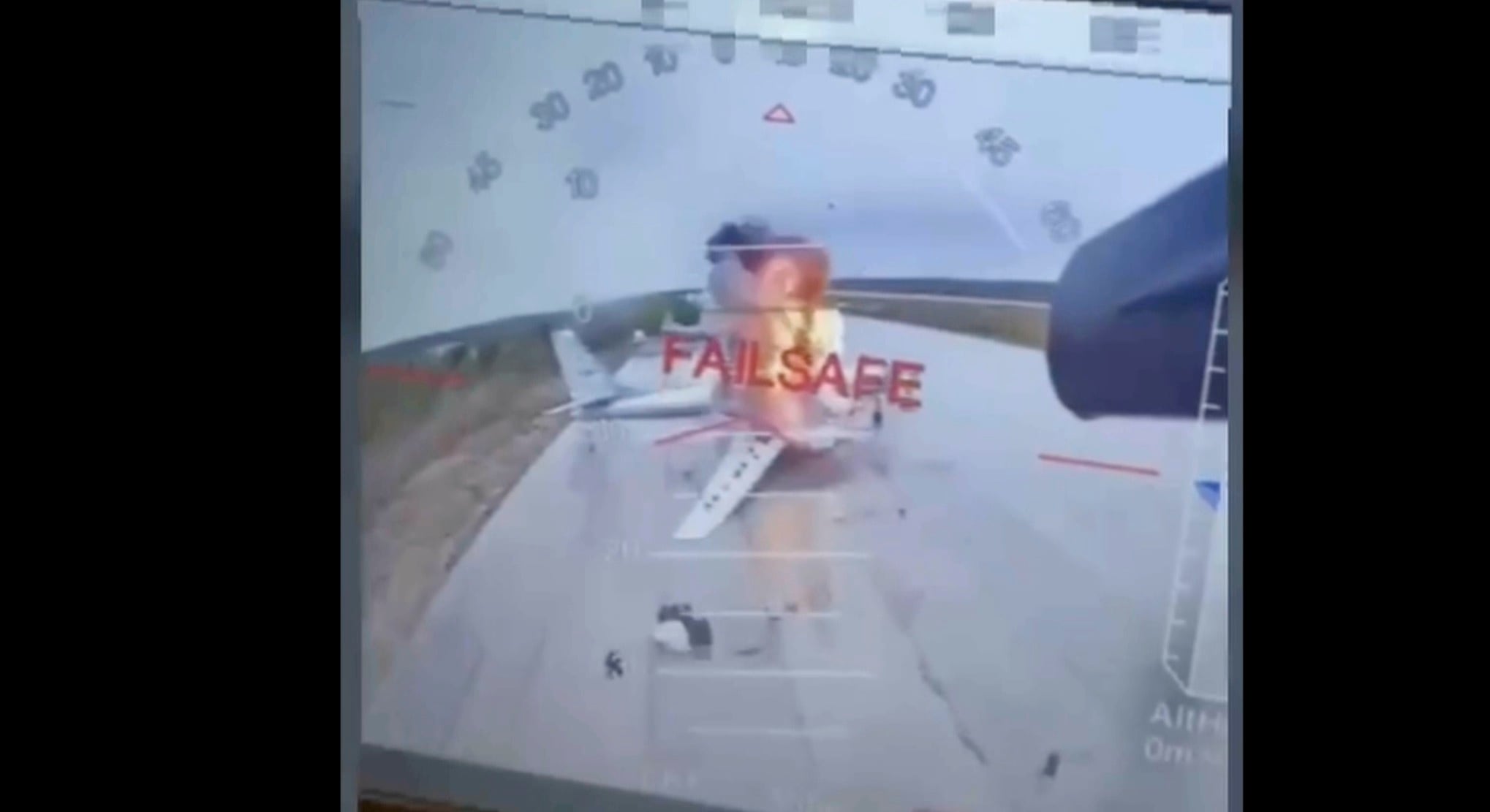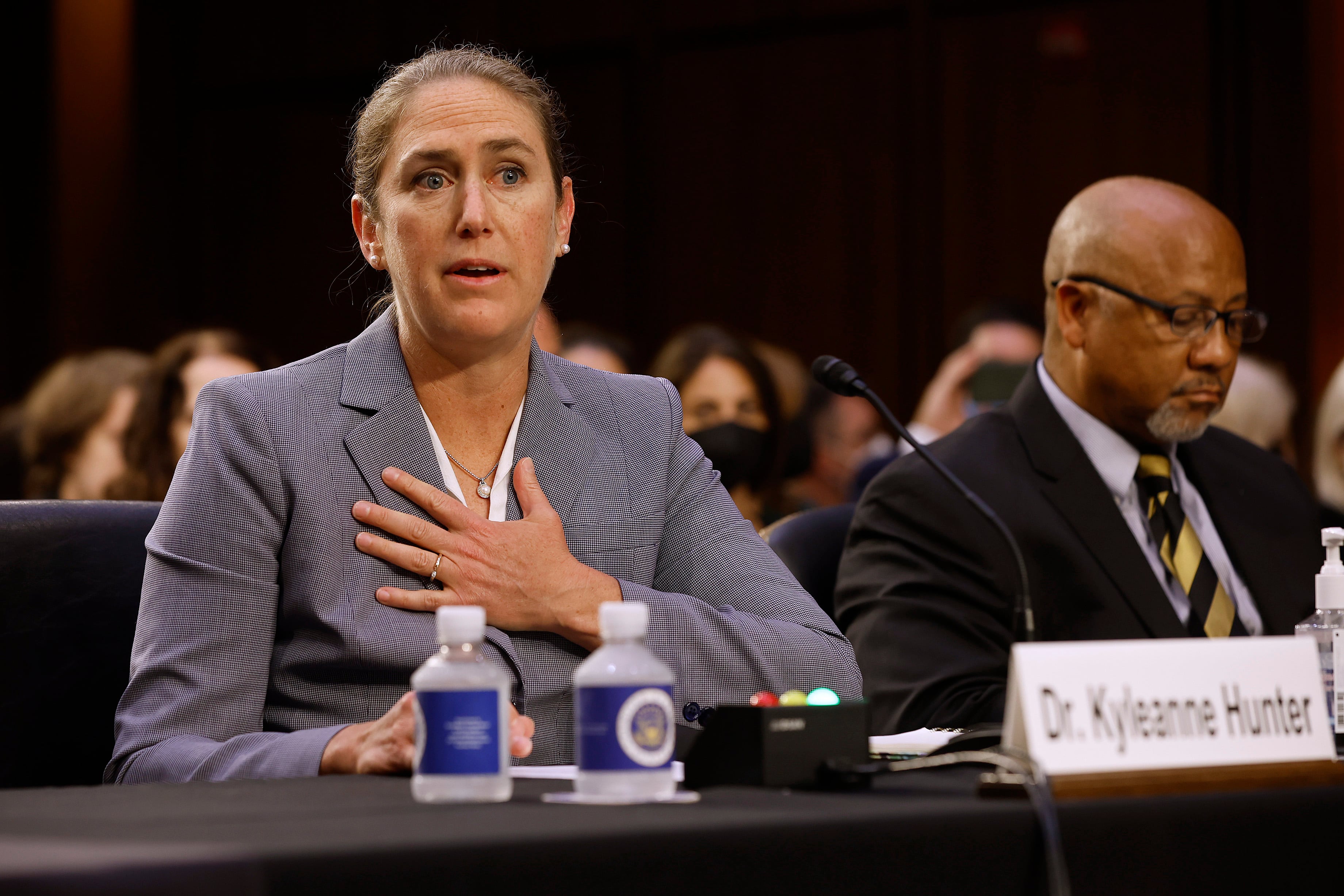NORFOLK, Va. — There’s a new sheriff in town and his name is Woody.
But he doesn’t wear a cowboy hat or ride a horse.
He’s Vice Adm. Andrew “Woody” Lewis, a highly decorated combat aviator, and he took command of the Navy’s newly re-established 2nd Fleet during a Friday ceremony aboard the aircraft carrier George H.W. Bush.
His beat now is what strategists increasingly say is America’s backdoor — the Atlantic Ocean — and it now will be patrolled by his Norfolk-based 2nd Fleet.
As a Cold War with Russia grew cooler in early 1950, the Navy created the 2nd Fleet to check Moscow’s designs on the Atlantic Rim, especially Europe.
The Navy disbanded it in 2011 and folded most of its personnel, warships and responsibilities into Fleet Forces Command.
Increasing activity by the Russians in the North Atlantic and in Europe prodded Chief of Naval Operations Adm. John Richardson to revive it.
“There are some bad actors on the world’s stage,” Lewis told the crowd. “We call them competitors in our strategic documents. They intend to undermine and rewrite the order that America established at the end of World War II and threaten the very birthright freedoms that we hold sacred.”
RELATED
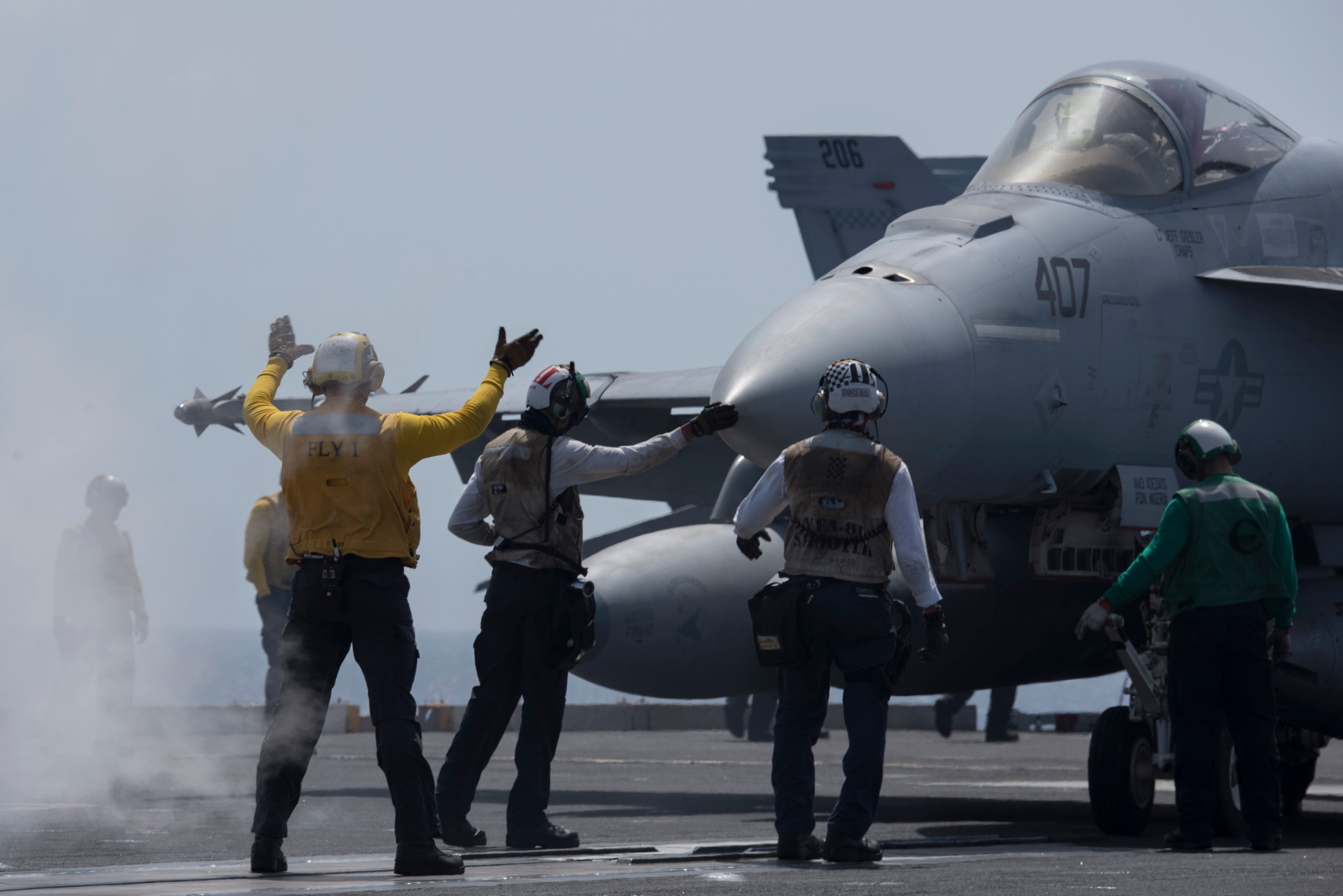
His boss at U.S. Fleet Forces Command, Adm. Chris Grady, agreed, telling the audience that “the days of competition at sea and challenges to our maritime security have returned.”
“We, as a nation, have not had to confront such a competition since the Cold War ended nearly three decades ago,” Grady said.
With more than 100 combat missions over Iraq, Bosnia and Afghanistan, Lewis said that both America and its Navy have become complacent over the past two decades in an Atlantic Ocean stretching 6.7 million square miles from the Arctic to the Antarctic — but re-establishing 2nd Fleet helps fix that.
“Second Fleet has a storied history and we’ll honor that legacy,” Lewis told the crowd. “However, we will not simply pick up where we left off. We are going to aggressively and quickly rebuild this command into an operational warfighting organization. We will challenge assumptions, recognize, our own vices and learn and adapt from our own failures in order to innovate and build a fleet that’s ready to fight.”
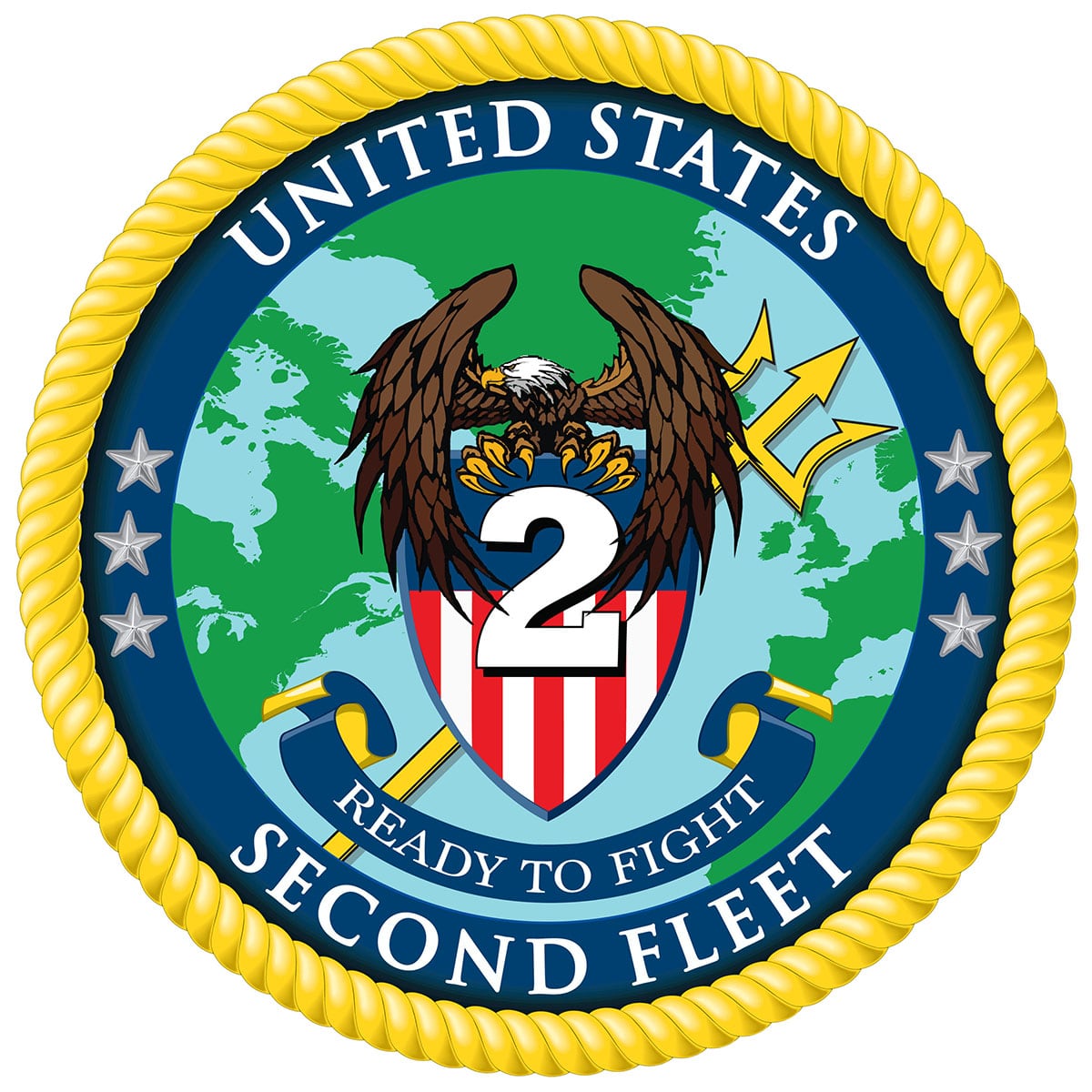
In his speech, Adm. Richardson pointed to one of the hottest moments in the Cold War, the decision by President John F. Kennedy to establish a blockade during the Cuban Missile Crisis, quarantining Havana from Russian attempts to arm the communist nation with nuclear warheads carried by medium-range ballistic missiles.
In operations that straddled October and November of 1962, Second Fleet interdicted vessels bound for Cuba while Marines prepped for a possible invasion and surveillance aircraft prowled the Atlantic to monitor the movements of thousands of merchant ships.
“This new dynamic, prompted, in part by a resurgent Russia, the National Defense Strategy made clear that there are countries, once again, competing to define [the Atlantic Ocean], not in the interests of opportunity and equality for all, but on their terms,” Richardson told the audience.
Richardson called for 2nd Fleet to seize “a central role in pioneering new and experimental concepts of operation” in cooperation with America’s allies.
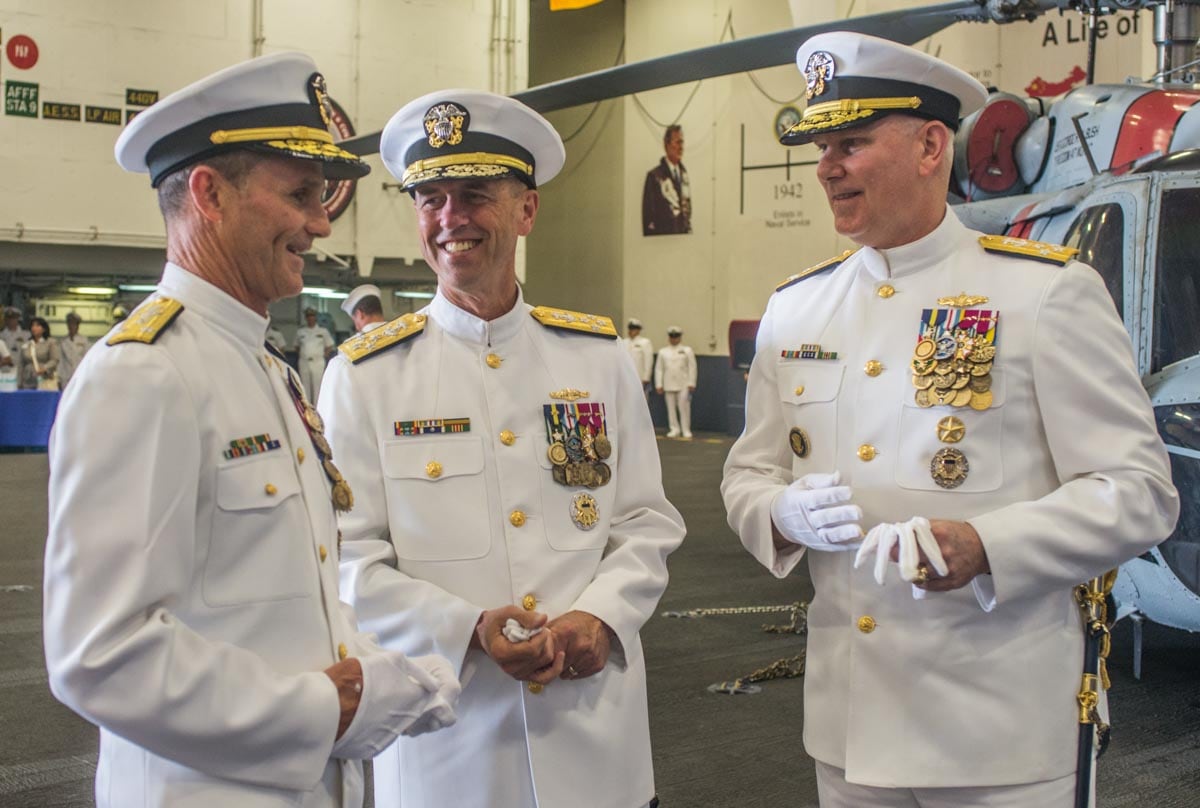
Like its Cold War ancestor, the revitalized 2nd Fleet will exert operational control over warships, aircraft and landing forces so that it can become a “well-forged fighting force with a fighting mindset, restoring large scale, ocean maneuver, warfare formation dedicated to the Atlantic Ocean," Richardson said.
And Lewis is his pick to make it happen.
Originally from California, Lewis graduated from the U.S. Naval Academy in 1985 and became a Navy aviator two years later. He’s accumulated 5,300 flight hours and 1,100 arrested carrier landings along the way and in 1996 was named the Naval Air Forces Pacific Pilot of the Year.
He previously commanded Carrier Strike Group 12, Naval Strike and Air Warfare Center, Carrier Air Wing 3 and the “Valions” of Strike Fighter Squadron 15 and the “Gladiators” of Strike Fighter Squadron 106.
Mark D. Faram is a former reporter for Navy Times. He was a senior writer covering personnel, cultural and historical issues. A nine-year active duty Navy veteran, Faram served from 1978 to 1987 as a Navy Diver and photographer.

